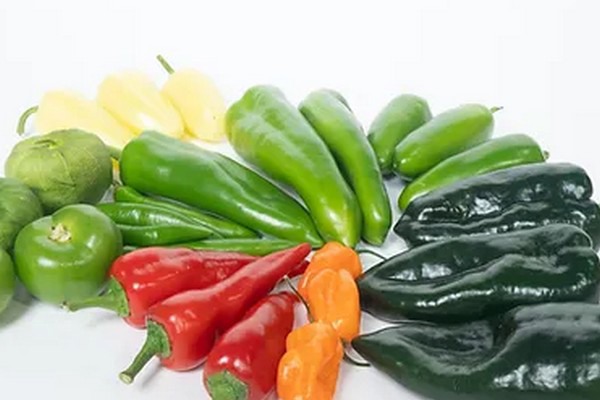The supply of hot peppers is still very short. "Sonora, Mexico is pretty much done production and it was done earlier than expected," says Francisco Clouthier with Maui Fresh International LLC. "Early in the season there was some weather that pushed production back and late in the season there was some heat. They're still trying to pick peppers but the quality isn't very good and there's little volume coming out of there."
Normally for supply, Maui Fresh would transition to Coachella at this time of the season but there were no hot peppers grown there this year so that created a big hole in the supply of Anaheims, Jalapenos, and Serrano peppers. He says the cost of production in Coachella was too expensive to pursue this year. "They didn't make any money for a few years so they decided not to do it this year," says Clouthier.
Meanwhile, Baja is also still behind in its production with cooler temperatures and overcast weather. "A little bit is trickling in but not enough supply on the West Coast," says Clouthier.
At the same time, production in Bakersfield, California is also not ready yet. That should begin in the next few weeks.

Strong demand in Mexico
As for demand, a lot of the demand is tied up in contracts. "The biggest issue with hot peppers right now is the exchange rate. The Mexican Peso is still very strong though it's starting to loosen up a little bit. That makes the domestic Mexican market very attractive compared to the export market," says Clouthier, adding that normally it's the opposite in which the export market is more attractive than the domestic market. "So all those factors are creating a big hole in supply for the U.S. and Canadian market for hot peppers."
All of this is also leaving pricing on Anaheim peppers much higher than last year at this time. Jalapenos are about the same in the mid $20s and Serranos are much higher though they are starting to come off a bit.
With Anaheim and Serrano pepper pricing unusually high right now, hot pepper pricing is generally expected to settle down somewhat once California production is underway. "It will depend on how the volume is in California, if there's good weather, etc. Hot peppers are 100 percent grown in an open field so it's affected by Mother Nature more than a lot of peppers are," says Clouthier.
 For more information:
For more information:
Francisco Clouthier
Maui Fresh International LLC
Tel: +1 (213) 688-0880
[email protected]
https://www.maui-fresh.com/










